Affiliate links on Android Authority may earn us a commission. Learn more.
The best prepaid plans: Your guide to all the best options
April 22, 2022
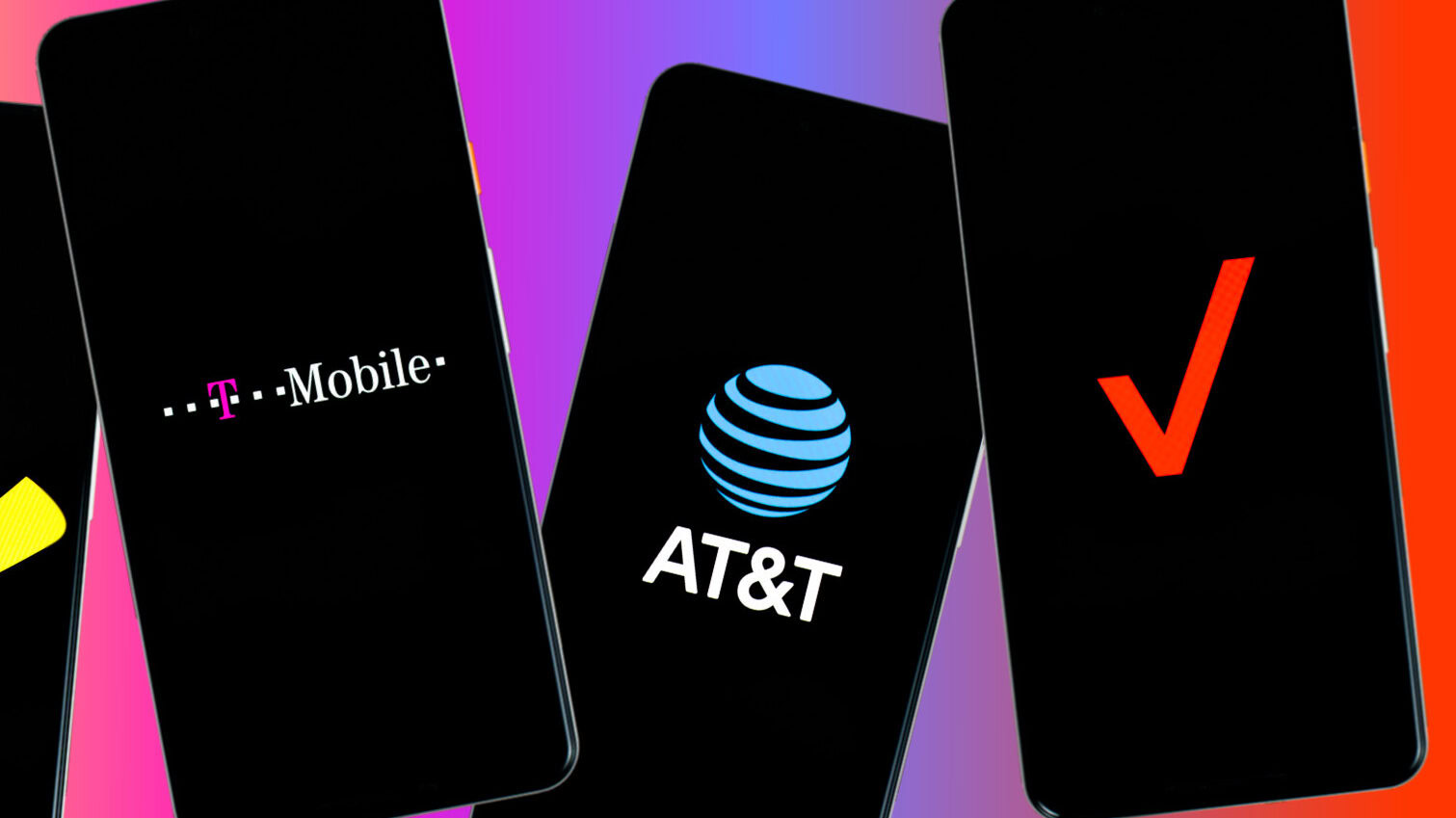
Prepaid plans have come a long way since we first published this list almost a decade ago. We’re nearing 2022, and the best prepaid carriers are no longer just for those with poor credit or tight finances. They’ve become perfect for those who want extra flexibility or the freedom to switch carriers when a better deal comes around.
When it comes to the best prepaid carriers, there is no one size fits all approach. Some options offer better pricing at the cost of less extensive customer service. Others focus on unlimited data or other special features. There are dozens of prepaid carriers in the US, so picking the right one for you isn’t always easy. Here are just a few of the best options.
MVNO vs traditional carrier options
Before you jump into picking a prepaid, you have to know what you are getting into. There are three types of carriers when it comes to prepaid:
The MVNO
Mobile Virtual Network Operators (MVNO) are the most common option for prepaid carriers. An MVNO is a cellular carrier that doesn’t technically own its equipment or network. Instead, they have a contract with another carrier like Verizon, T-Mobile, or AT&T. MVNOs tend to be way cheaper than a carrier owned by a major cellular network and tend to have compromises like less comprehensive customer support, restricted data speeds, and so on.
Our absolute favorite MVNO is Google Fi, though we highly recommend US Mobile and Mint Mobile. Here are a few more things to consider before you sign up:
Pros of an MVNO:
- Prices are typically lower with an MVNO due to reduced overhead costs.
- You get the same quality service as the larger carriers because of the rental setup.
Cons of an MVNO:
- Most MVNOs are a bit light on the extra perks — don’t expect a free streaming service.
- MVNOs stick to mobile service, so there are no bundles for cable or internet.
- Few MVNOs have brick-and-mortar retail stores.
The traditional carrier
Traditional carriers own their networks and equipment, which typically means that you’re going to get the best customer service, speeds, and possibly many extras you won’t find with other prepaid carriers. On the flip side, traditional carriers tend to be more expensive than other prepaid options. T-Mobile is probably our favorite standard prepaid carrier, thanks to a great mix of value and features.
Pros of a traditional carrier:
- You can often get better prices than traditional phone plans.
- The carrier won’t slow you down during high-volume periods.
- It’s easy to cancel your plan or change carriers.
Cons of a traditional carrier:
- Some carriers offer fewer prepaid devices.
- Prepaid plans often offer less international access.
A carrier owned by a major network
Want more features and better options than you’re seeing from most MVNOs but don’t want to pay the traditional carrier price? There is a third door, a carrier owned by a major network. This carrier doesn’t own its network, but its parent does. For example, Cricket is owned by AT&T, and Verizon owns Visible. This relationship means you get an experience that’s a bit of a mix between an MVNO and a traditional carrier. Visible, Cricket, and Metro are easily the best options in this category.
Pros of an owned carrier:
- Better service than some MVNOs thanks to the closer relationship.
- It’s easy to move to the owner carrier with fewer hoops to jump through.
Cons of an owned carrier:
- You won’t get as many perks as the parent carrier — if any.
- Some owned carriers offer fewer plans in general.
Best prepaid phone plans:
Verizon
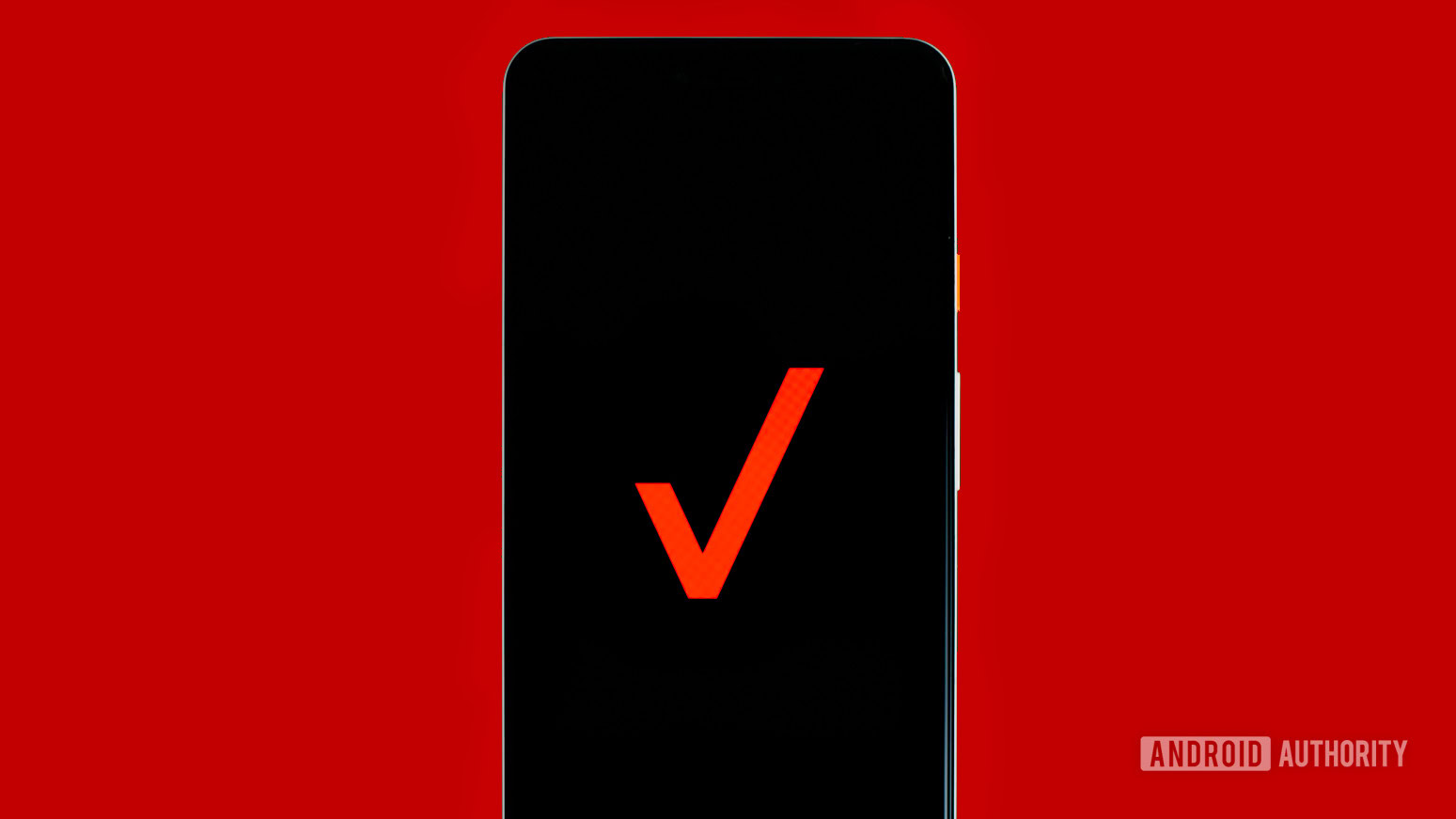
Verizon Wireless is still the nation’s biggest cellular carrier. While it doesn’t have a huge marketing push for its prepaid plans, it does offer several different options. You can either purchase your phone direct from Verizon or bring one of your own. Keep in mind that Verizon is a CDMA-based carrier, so if you want to bring your phone, make sure it’s compatible with its network.
With that said, let’s go over what you can expect from Verizon’s prepaid plans. These all include the $5 discount you get for enabling AutoPay:
- There’s a talk-and-text-only plan available for $30 per month. It does not offer data.
- Verizon’s cheapest data plan costs $40 a month, with unlimited talk, unlimited text, and 5 GB of 4G LTE or 5G data.
- The other prepaid plan with limited data costs $50 a month with 15 GB of data. Both offer mobile hotspot support, and the 15 GB plan adds unlimited calls to Mexico and Canada.
- There’s also an unlimited plan that costs $65 a month. It also offers unlimited calls to Mexico and Canada but does not offer mobile hotspot data. You can add this for an extra $5. You can opt for a $75 version that adds 5G Ultra-Wideband to the mix.
- If you want to add more than one line to your Verizon prepaid plan, you can get discounts on each line for up to five lines. You can also have a more expensive plan for one line and cheaper plans for the other lines on the same account.
- There are also loyalty discounts, so you save $5 on most plans after three months and $10 after nine months.
For a deeper look at all of Verizon’s prepaid plans, you’ll want to visit our complete guide or head here for a look at all the current promotions offered by the carrier.
Mint Mobile
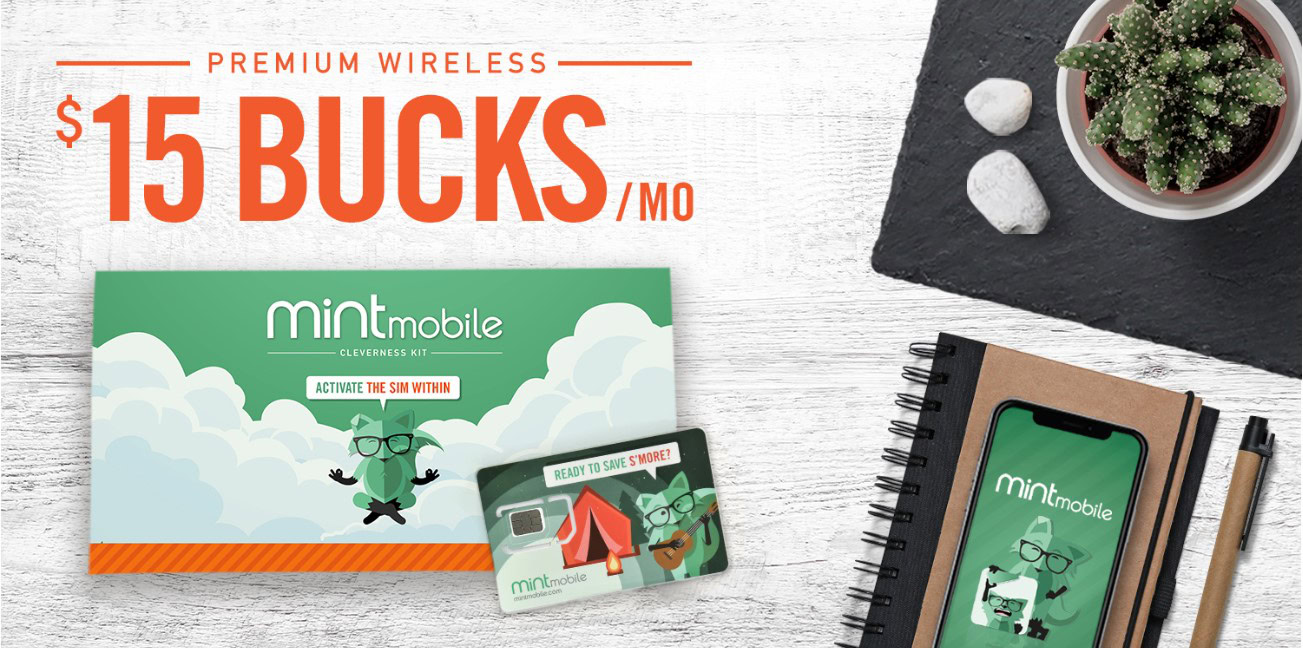
If you’ve seen a prepaid commercial recently, there’s a good chance it was from Mint Mobile. Since Ryan Reynolds took over, the carrier with the fox has been everywhere. Mint also skips physical stores in favor of a fully online presence to keep things simple. Mint recently took a big step forward — it now offers an unlimited plan so you can use 4G and 5G data to your heart’s content.
Here’s a look at what sets Mint apart from the rest:
- Introductory plans start at just $15 per month for 4 GB of data.
- All plans include unlimited talk and text, along with free mobile hotspot access.
- Mint Mobile relies on T-Mobile’s 4G LTE and 5G connections — whichever is stronger.
- If you run out of data before your monthly cycle ends, you can add more access with a simple text message.
You can also dig into our full guide to all of the best Mint Mobile plans right here.
Visible
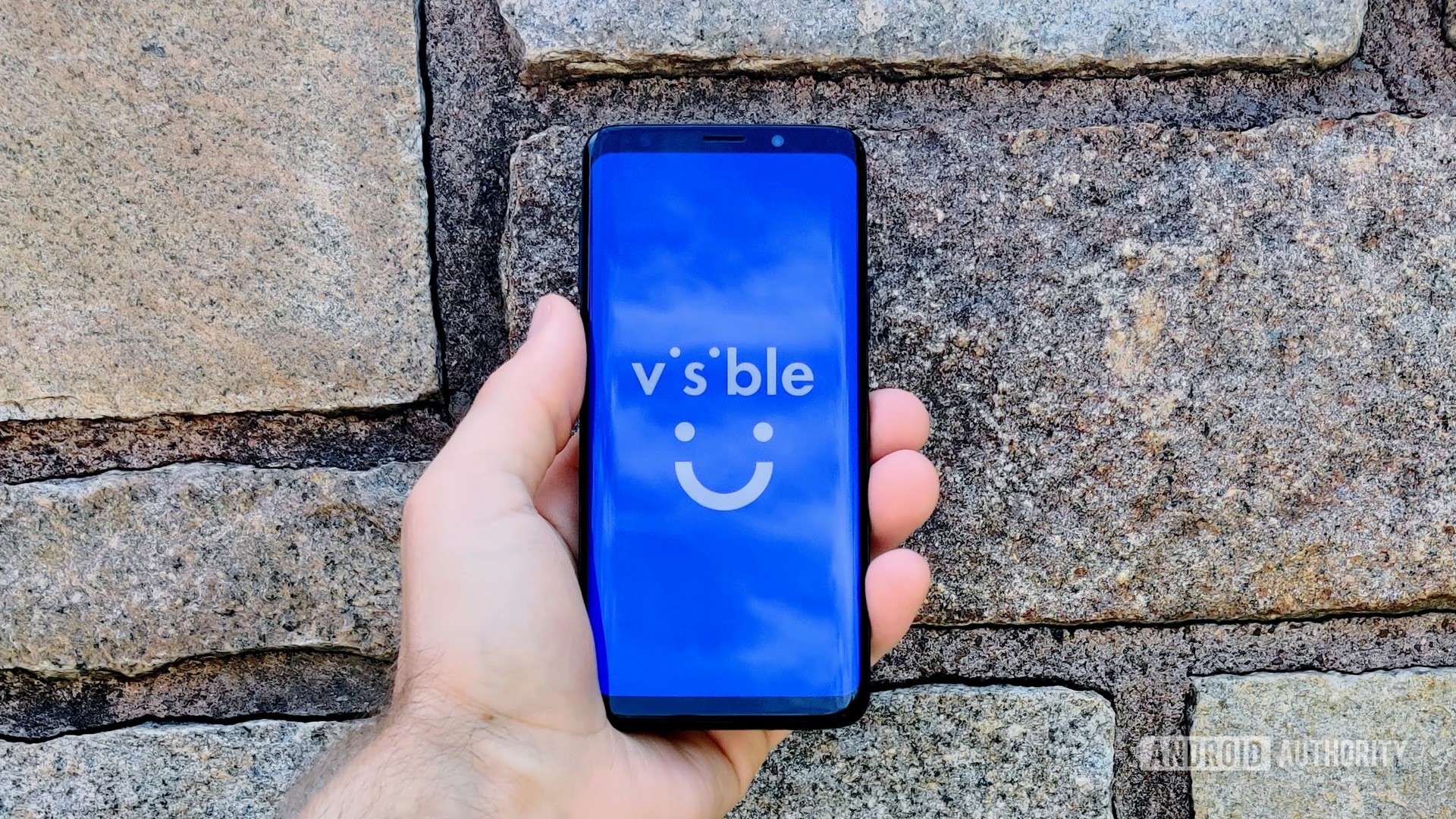
Visible is a relatively new carrier owned by Verizon and utilizes its 4G and Nationwide 5G networks. It tries to do something different in that it has just one plan to choose from, with no other options or add-ons to make things confusing. There’s also no store to visit; Visible is only available on its official website or Visible app.
Our own Andrew Grush gave Visible a shot. You can read about his experience right here.
Here’s a quick look at what makes Visible different:
- There’s just one Visible prepaid plan; $40 a month with no taxes or fees. That price gets you unlimited talk, text, data, and hotspot support on that plan for your phone.
- Visible is also offering your first month of service for $25 as well as Party Pay, where you can share with as many friends as you please, and you’ll each pay $25 per month for good. If you refer a friend, you’ll pay just $5 per month each time someone uses your code.
- At the moment, there are no speed caps or data throttling with Visible’s plan. However, the company has hinted at 5Mbps speed caps, so you might want to sign up now to avoid the cap limit.
- Visible sells a solid number of Android phones, but you can also use your own compatible phone if you want.
- Streaming video speeds are limited to 3Mbps and 480p resolution on Visible. Streaming audio is limited to 500Mbps, social networking scrolling is limited to 1Mbps, and video chatting with friends is limited to 2Mbps.
Our full rundown of Visible deals offers more details about how you can best take advantage of this carrier.
Boost Mobile
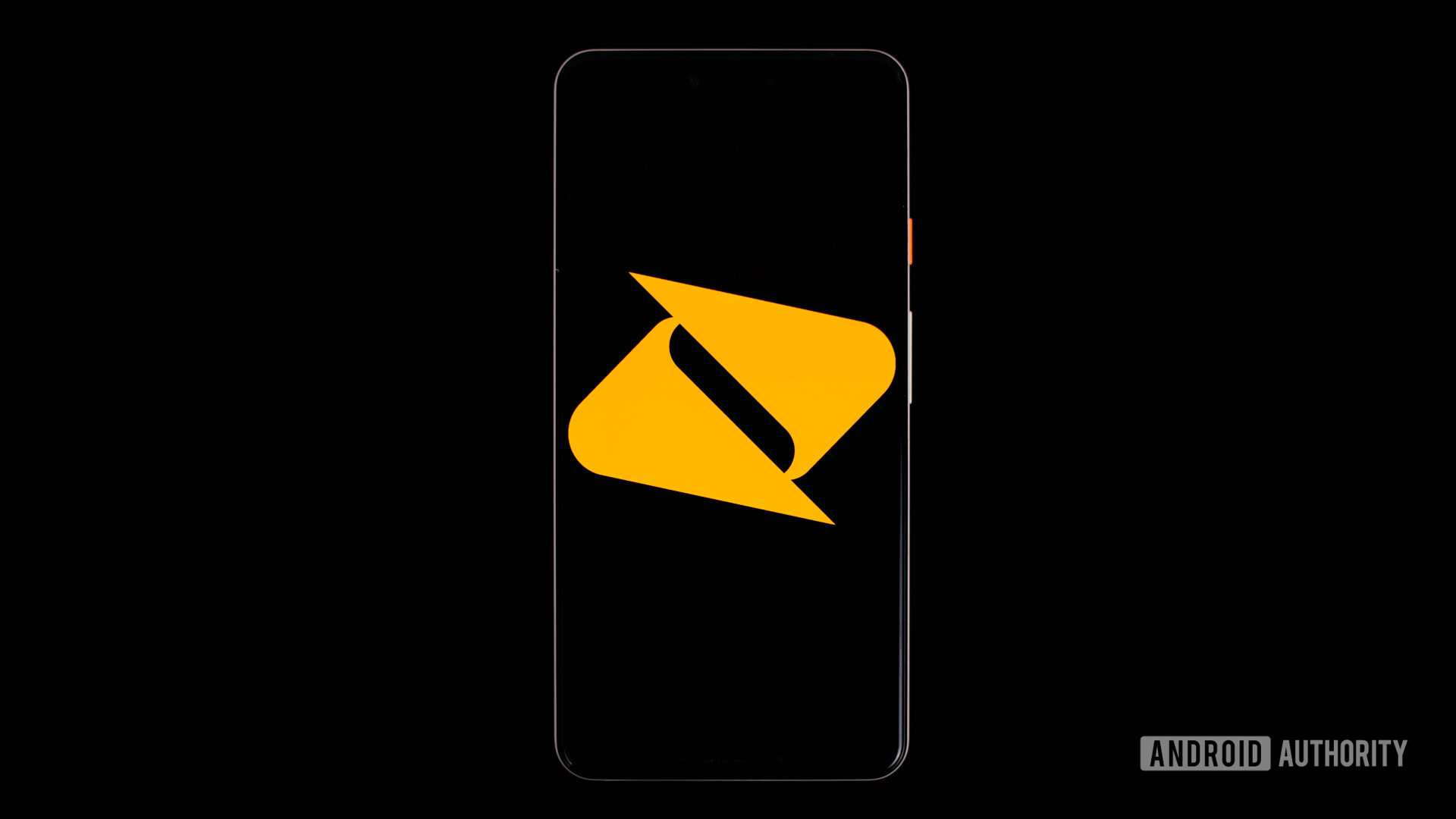
Boost Mobile is now owned by Dish Network — a first for the company. It has a few plans to choose from, along with discounts if you add more than one line to your account. It also offers a standalone Wi-Fi hotspot plan as well, along with add-on international calling plans. Boost provides some pretty great plans, especially for those who are looking to save.
Take a look at what you can expect from Boost Mobile’s prepaid plans:
- There’s a $35 a month plan with unlimited calls and texts, along with 3 GB of LTE data.
- The two other plans all offer unlimited calls, texts, and high-speed data. They cost $50 a month, with 12 GB of mobile hotspot data, and $60 a month with 30 GB of hotspot data.
- New Carrier Crush plans cut your price as low as $8.33 per month when you pay for up to one year at a time, which works out to about $100 per year.
- Boost Mobile has a prepaid plan that offers 50 GB of high-speed data for $50 a month if you have a standalone mobile hotspot.
- Boost Mobile also offers add-ons for its plans, including international phone services, phone insurance, and HD mobile video streaming. All Boost plans now include Boost Perks which are exclusive deals, giveaways, and deals.
For a deeper look at all Boost prepaid plans and promotions, you’ll want to visit our Boost deal guide.
AT&T Prepaid
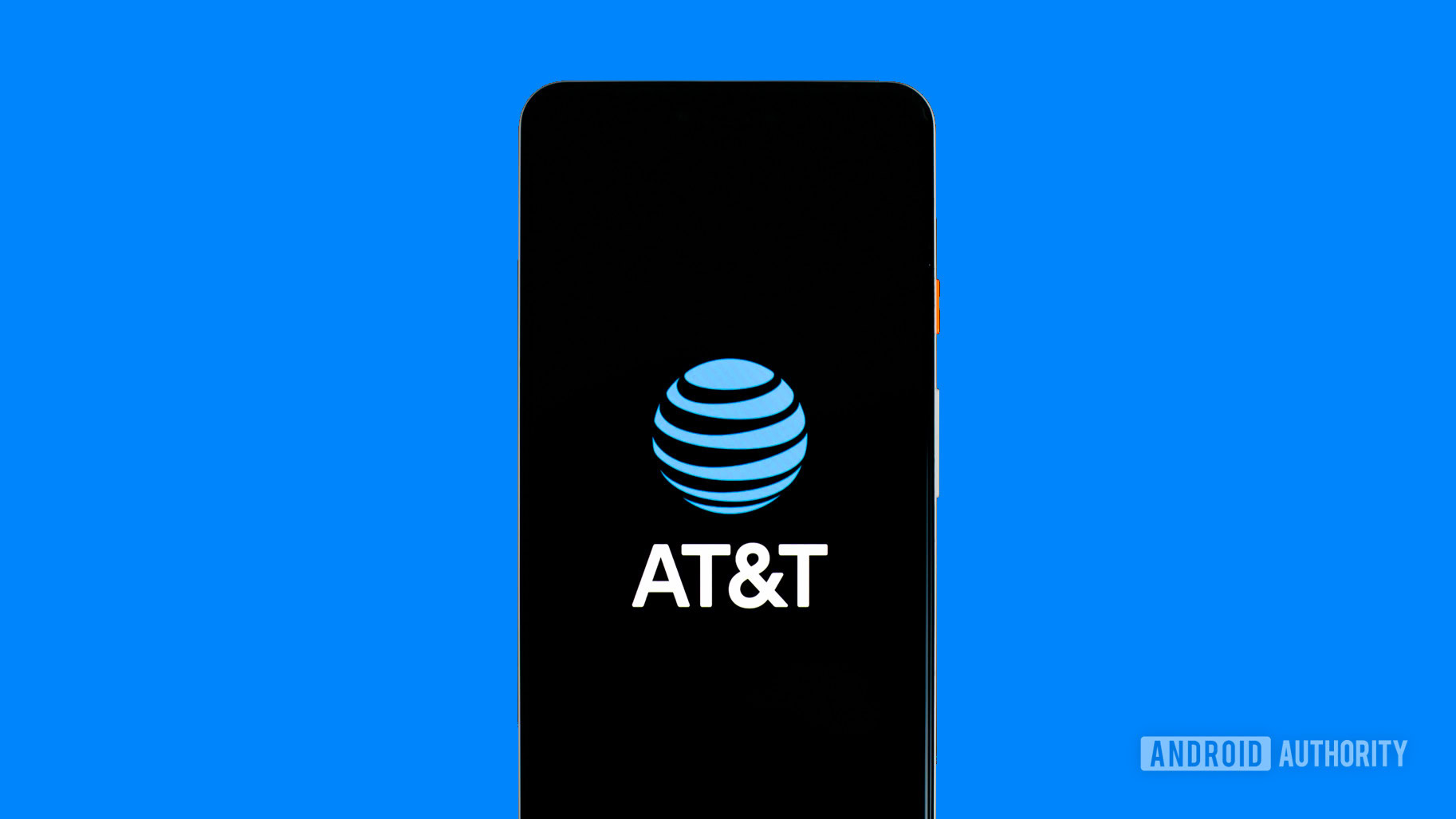
However, AT&T offers the shortest list of prepaid phones, so you may want to look elsewhere if you have your heart set on device freedom.
Here’s what you can expect from AT&T’s prepaid plans:
- For smartphone users, you can get a plan for $30 a month with 5 GB of LTE data, unlimited talk, and text in the US
- The next level costs $40 a month, and it offers 15 GB of 4G LTE data, unlimited talk and text to Canada and Mexico, and use of the plan when you are in both countries.
- The cheaper AT&T prepaid unlimited data plan costs $65 a month, or you can get the more expensive $75 a month plan that includes 10 GB of high-speed mobile hotspot data and 5G access.
For a deeper look at all of AT&T’s prepaid plans, you’ll want to visit our full guide or head here to look at all the current promotions offered by the carrier.
Straight Talk
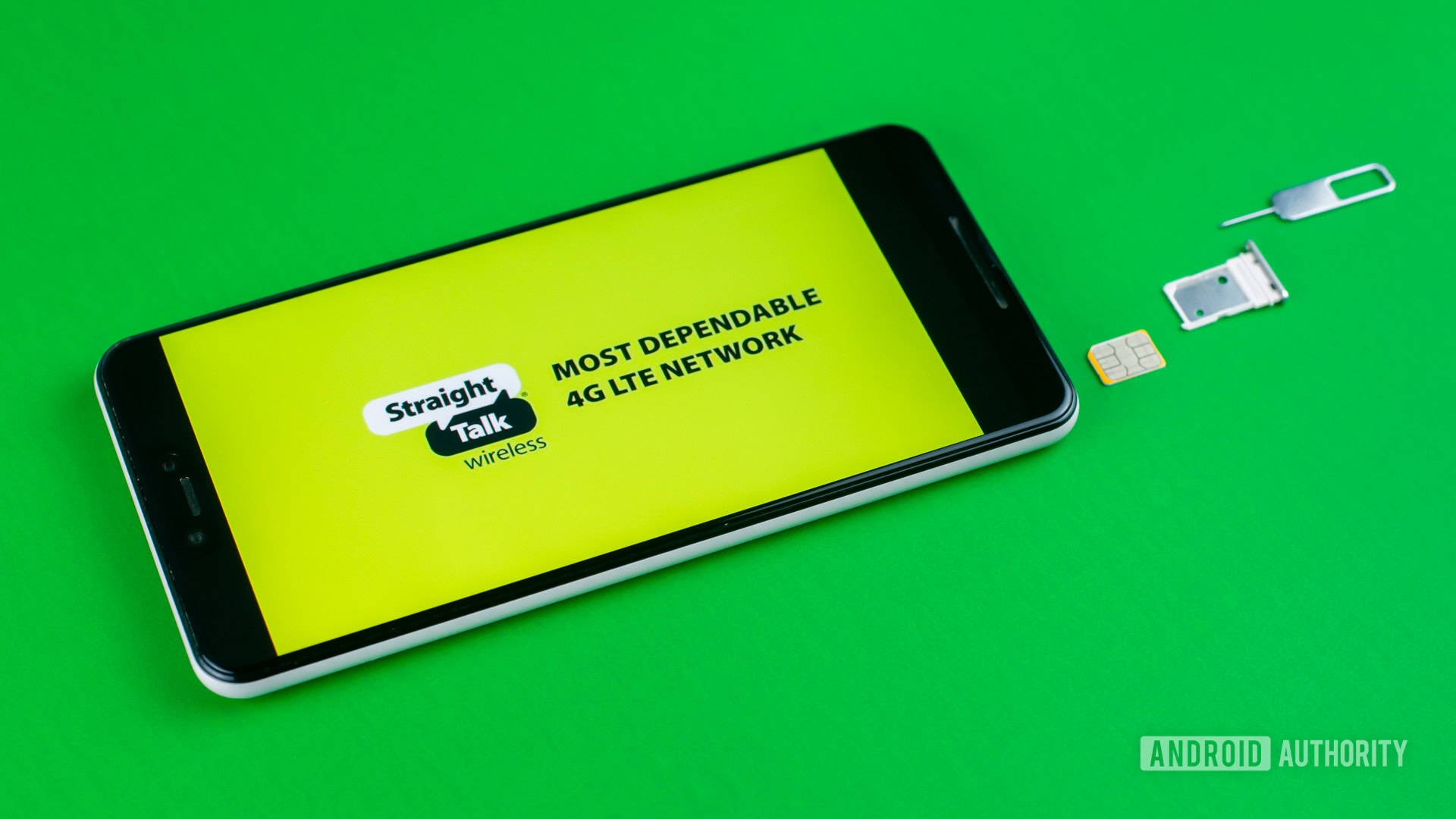
Straight Talk Wireless is an MVNO that Walmart actually owns and uses Verizon’s or Sprint’s network for CDMA phones, along with T-Mobile’s or AT&T’s GSM network for its compatible phones. While it does sell phones on its own, Straight Talk’s main marketing push is for people who already own their phones to sign up and use its service.
Read more: The best Straight Talk phones
Let’s go over what Straight Talk Wireless’ plans are like:
- One plan costs $30 a month with unlimited text, 1,500 minutes of talk in the US, and 100MB of data.
- Two of the plans offer limited high-speed data in larger amounts. The first costs $35 a month with unlimited talk, text, and 10 GB of data. The other costs $45 a month and boosts the data cap to 25 GB a month.
- If you find yourself running low on either of the limited data plans, Straight Talk will also let you add more for $5 for every 1 GB or $10 for 2GB.
- Another Straight Talk Wireless plan costs $60 a month, with unlimited talk, text, and 25 GB of data. It throws in unlimited mobile-to-mobile calling to numerous locations worldwide.
- There’s also an unlimited data plan for $55 a month, but it does not have the international calling features beyond Canada and Mexico.
Cricket Wireless
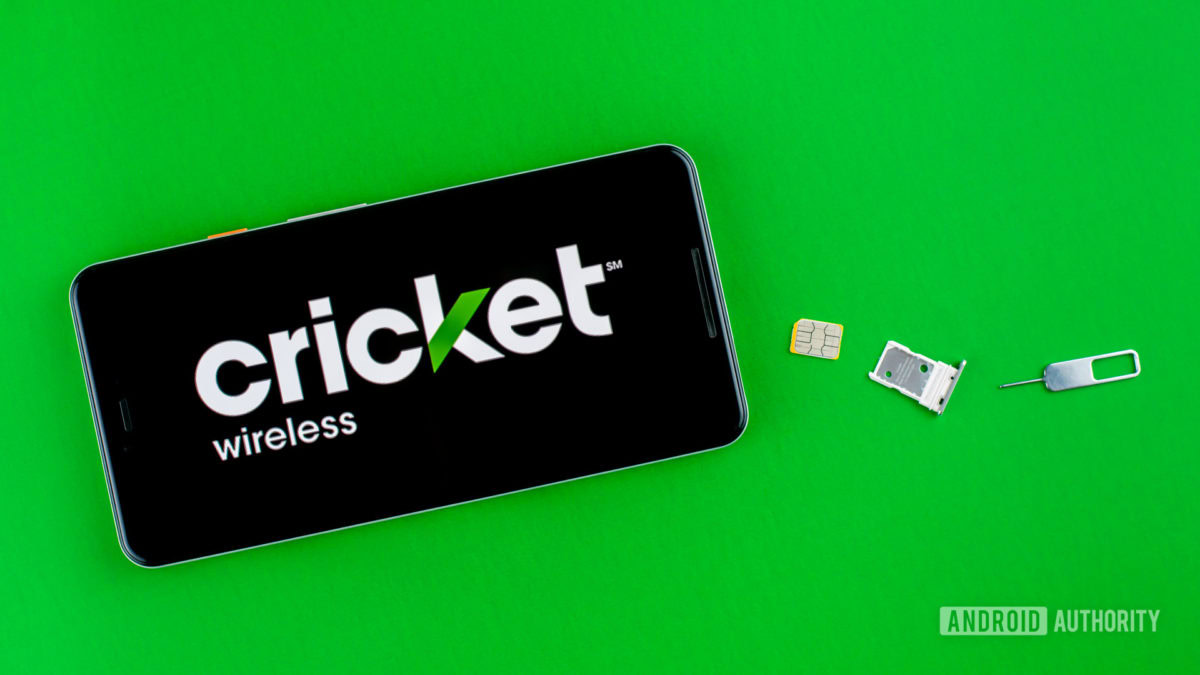
Cricket Wireless is an AT&T-owned carrier running on the AT&T network. You can bring your own device, assuming it’s compatible, or you can choose from one of Cricket’s own prepaid phones. Keep in mind that if you buy a phone from the carrier, you will have to keep it on the network for six months before you can unlock the phone and use it on another network.
Let’s go over what you can expect from Cricket Wireless and its prepaid plans.
- Two Cricket plans offer limited 4G LTE or 5G data. One costs $30 a month with 5 GB of high-speed data, and the other costs $40 a month with 10GB of data.
- Two Cricket plans offer unlimited data; one costs $55 a month with speeds capped at 3Mbps, and the other costs $60 a month with possible slowdowns in speeds after 22 GB of data is used. You also get 15 GB of mobile hotspot data.
- Both unlimited plans come with support for roaming in Mexico or Canada as long as your usage doesn’t exceed 50% of your total usage for the month.
- Cricket’s premium $60 plan now includes an ad-supported version of HBO Max at no extra cost.
- The more lines you add to any of Cricket’s plans, the more your bill will drop. You can pay as little as $25 per line for Cricket’s basic unlimited plan.
For a deeper look at all of Cricket’s prepaid plans, you’ll want to visit our full guide or head here for a look at all the current promotions offered by the carrier.
UScellular
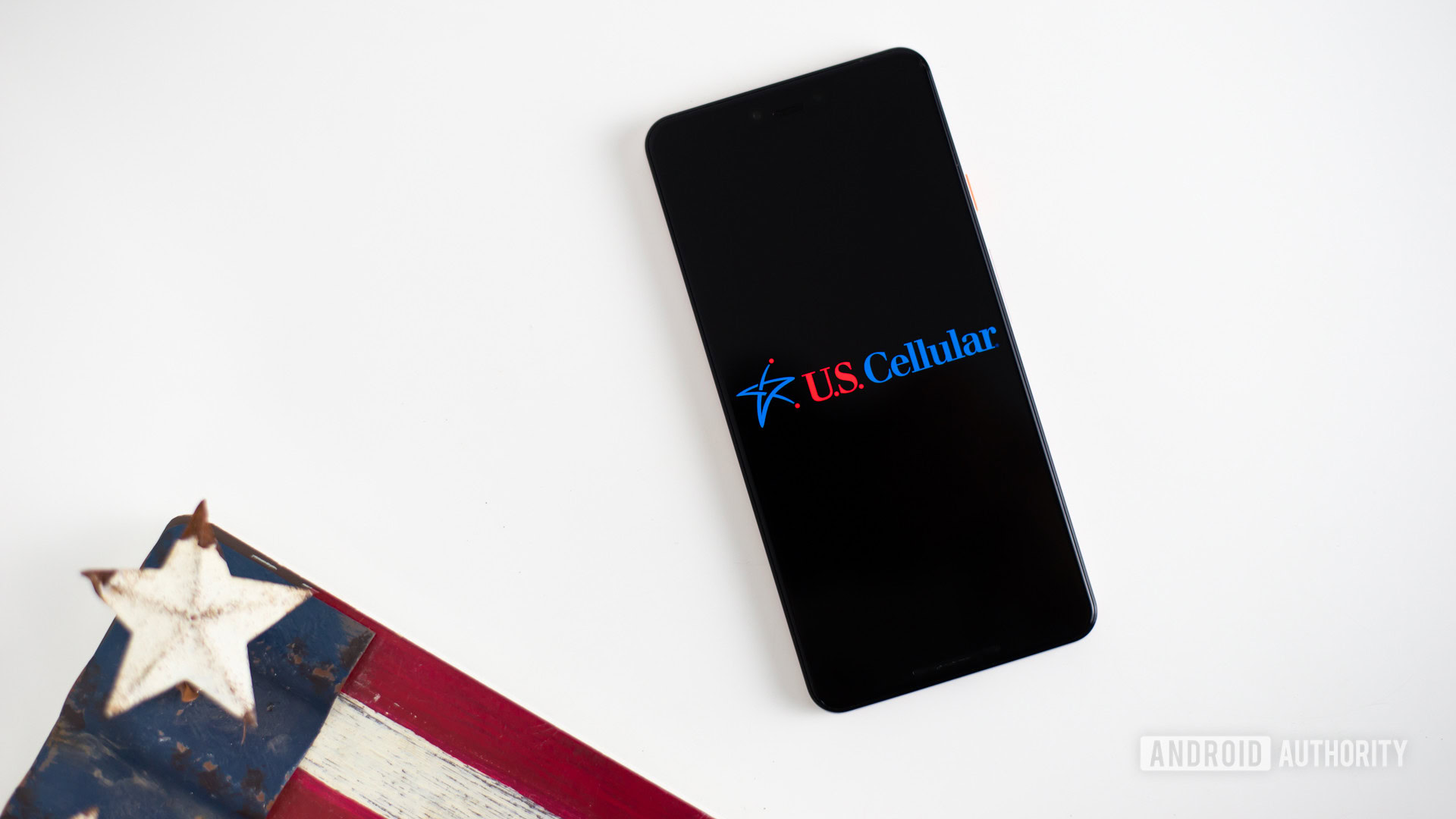
UScellular is the nation’s fifth-largest standalone wireless carrier. It’s a CDMA-based carrier with LTE coverage, which means you’re mostly stuck with phones offered directly from the carrier. This carrier is prevalent in rural areas, often offering services where there are few other decent options. It also has excellent free roaming that extends its coverage to more of the US when traveling.
Take a look at what you can get from the prepaid plans at UScellular:
- The Basic unlimited data plan costs $55 a month, with unlimited talk, text, and data. However, speeds are capped at 5Mbps, and there might be some more speed throttling as UScellular sees fit.
- UScellular has also added an Everyday plan for $65 per month. It has the same perks as Unlimited and 15 GB of hotspot with 25 GB of priority data. You also get one Redbox movie rental per month.
- The most expensive plan is UScellular’s Even Better plan at $70 per month. It doubles your hotspot access, your priority data, and even your monthly Redbox allowance.
- All of these plans allow you to add unlimited talk and text to Mexico and Canada with limited roaming.
For a deeper look at all of the UScellular prepaid plans, you’ll want to visit our full guide or head here to look at all the current promotions offered by the carrier.
T-Mobile Prepaid
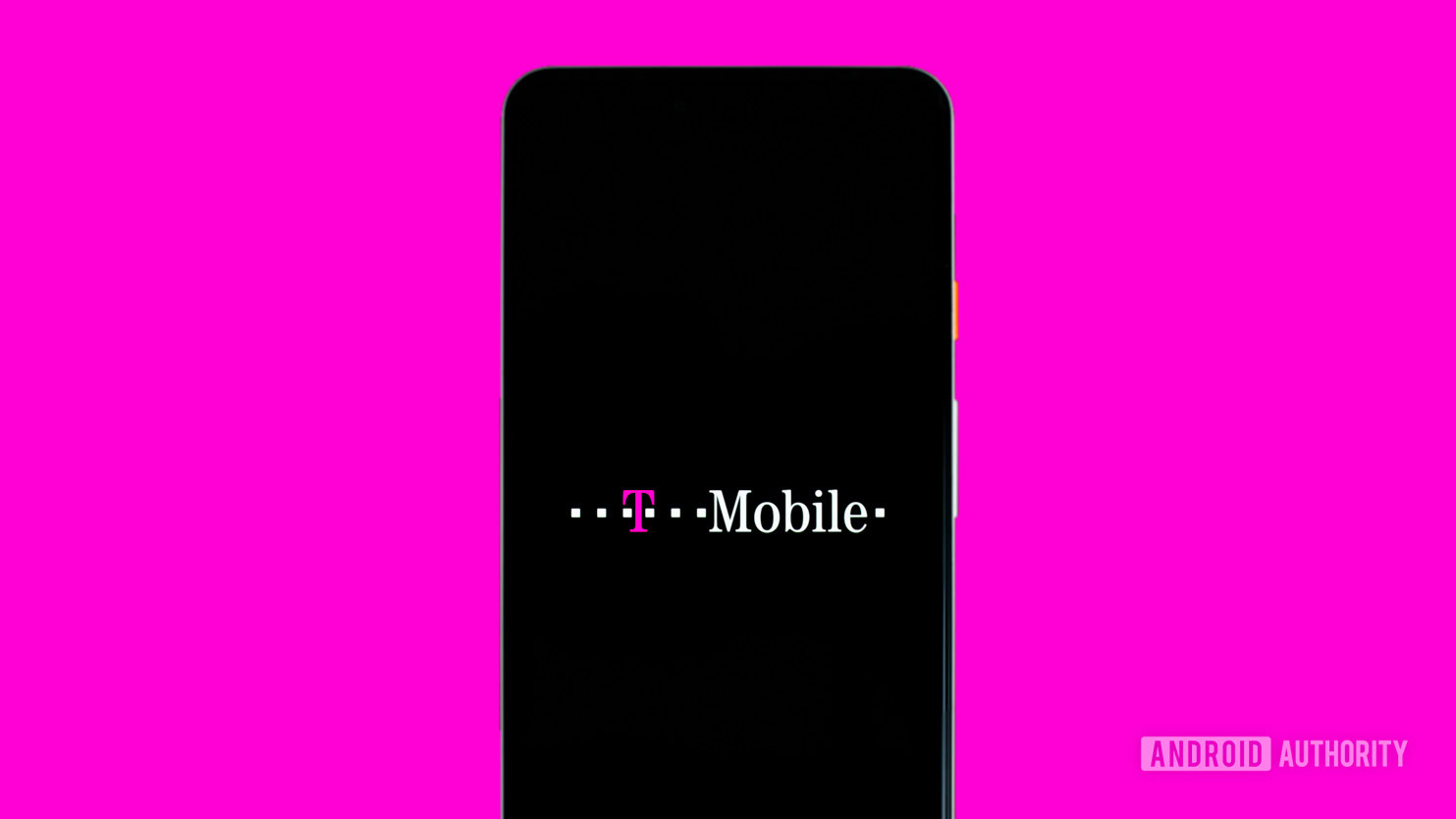
Despite having its own prepaid sub-brand (Metro), T-Mobile still offers prepaid plans directly. T-Mobile has three prepaid plans to choose from.
The first is Simply Prepaid, which offers a limited amount of high-speed data a month. The second plan is Simply Unlimited Prepaid, which offers unlimited 4G data speeds. T-Mobile’s highest-level prepaid plan is called Simply Unlimited Plus, which offers unlimited 4G LTE data and 10 GB of LTE hotspot. There’s also a prepaid data-only option for tablets, smartwatches, and hotspots.
Here’s a quick look at what you can get with T-Mobile Prepaid:
- The Simply Prepaid plan offers unlimited talk and texts, along with 10 GB of 4G LTE data, for $40 a month for one line, with discounts when you add more lines.
- The Simply Unlimited Prepaid plan includes unlimited talk and texts, and unlimited 4G LTE data, for $50 a month for one line, again with discounts when you add more lines.
- Simply Unlimited Plus includes everything listed above for $60 per month for one line with the added benefit of 10 GB of LTE hotspot and unlimited 3G hotspot.
- You can add talk, text, and 5 GB of 4G LTE data coverage in Mexico and Canada to both plans for an extra $5 a month and international calling for an extra $15 a month.
- You can add a prepaid tablet, hotspot, and smartwatch plans for as low as $10 a month for 2 GB of LTE data per line to $85 a month for 22 GB of data.
- A new $10 T-Mobile Connect plan offers 1GB of data with 1,000 texts and 1,000 minutes of talk per month.
For a deeper look at all of T-Mobile’s prepaid plans, you’ll want to visit our complete guide or head here to look at all the current promotions offered by the carrier.
Metro by T-Mobile
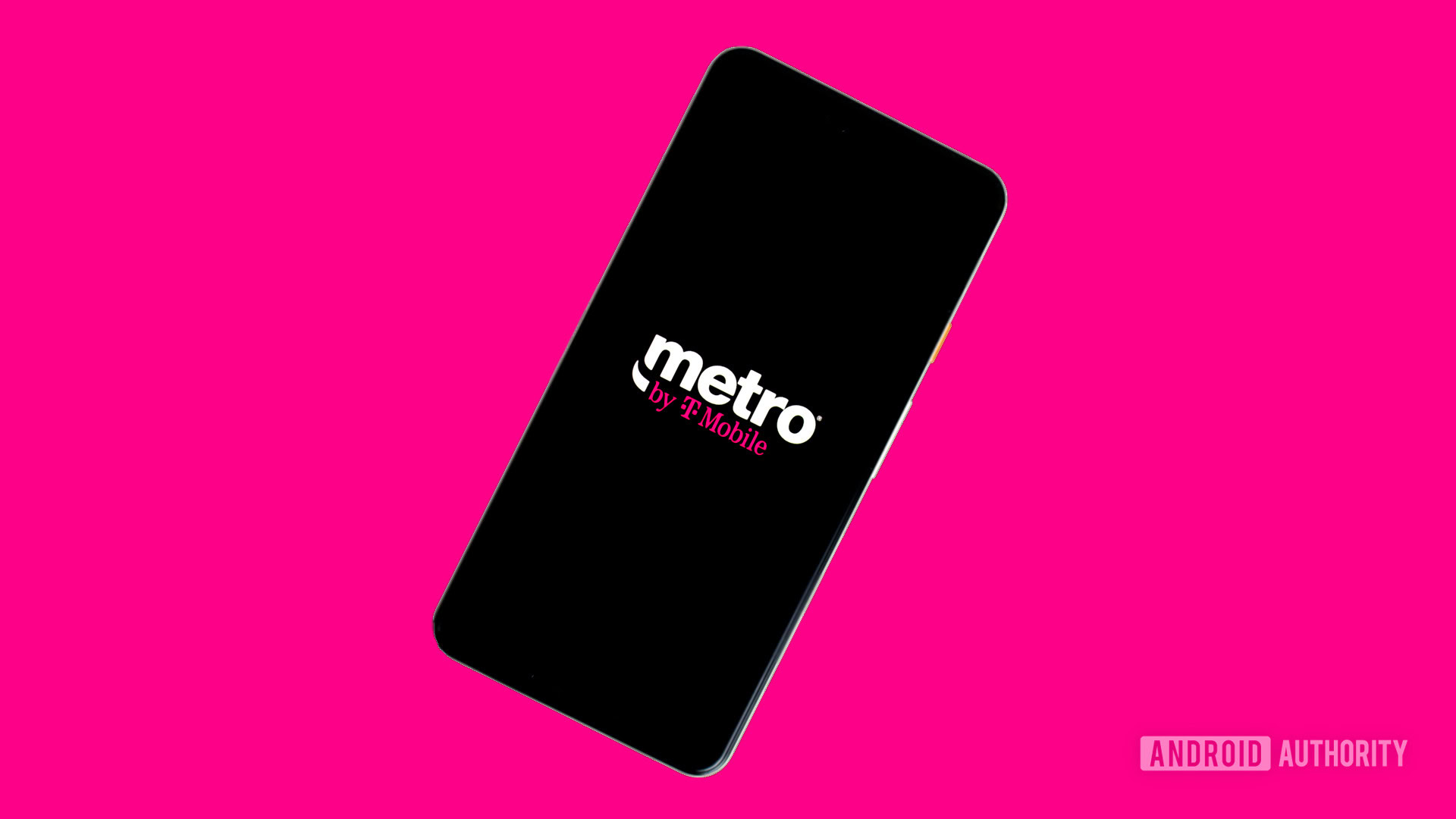
T-Mobile purchased MetroPCS a few years ago but recently decided to rebrand MetroPCS to associate it with the leading T-Mobile brand more closely. The prepaid carrier is now called Metro by T-Mobile. It offers plans that use T-Mobile’s network and some extras on its plans similar to its parent company. You can also get discounts on those plans if you add more than one line to the account.
Here’s a look at the plans that are currently offered with Metro by T-Mobile.
- There are two plans with limited 4G LTE data from Metro by T-Mobile. One costs $30 a month with unlimited talk, unlimited text, and 5 GB of data. The other costs $40 and bumps up the data to 10GB.
- There’s a $50 Metro by T-Mobile unlimited data prepaid plan, but your speeds may slow down if you go over 35 GB a month. You also get 5 GB of high-speed hotspot data a month, plus access to the Google One cloud storage plan that normally costs $1.99 a month.
- Finally, the $60 a month prepaid plan has everything from the $50 plan, plus 15 GB of high-speed hotspot data and a free Amazon Prime subscription that costs $12.99 a month.
- There’s also a standalone mobile hotspot prepaid plan, with prices starting at $35 a month for 10 GB of data, all the way to $75 a month with $30 of data.
- Thanks to a new agreement with the Affordable Connectivity Program (ACP), qualifying users can save $30 on each line.
For a deeper look at all Metro by T-Mobile prepaid plans and promotions, you’ll want to visit our deal guide.
US Mobile
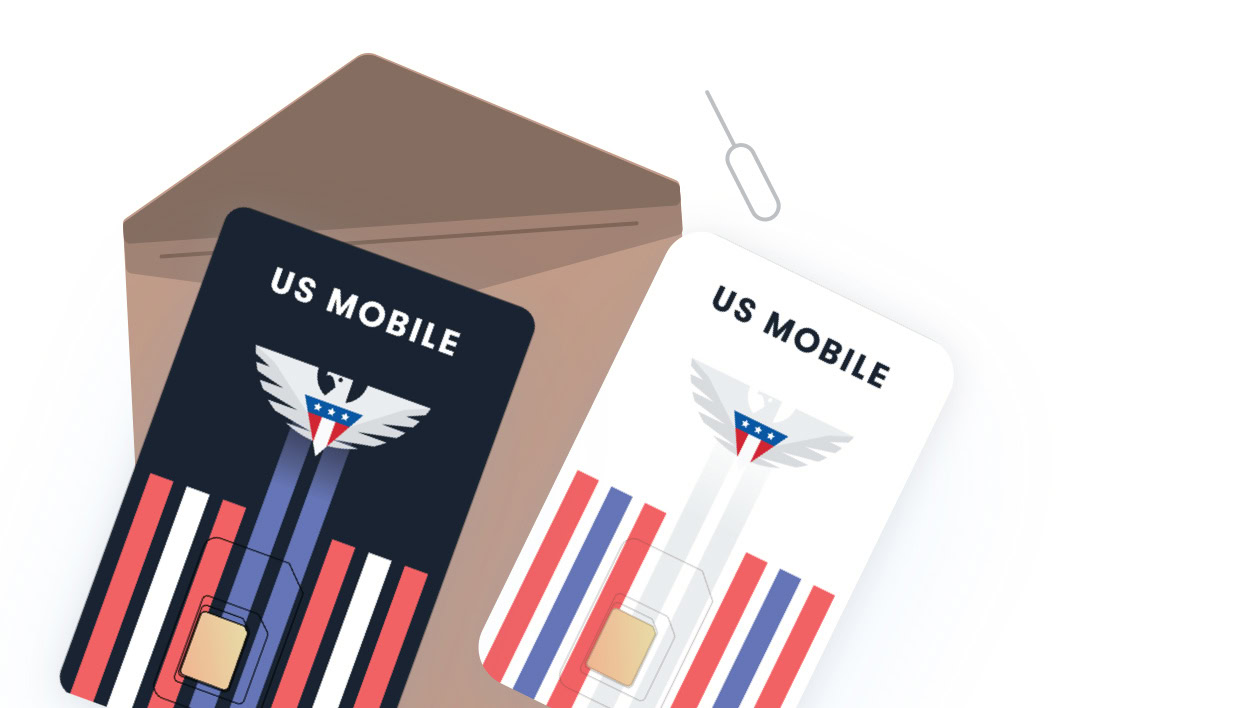
US Mobile is a solid choice to customize your prepaid plan to fit your exact needs. Not only are the plans flexible, but the carrier even lets you pause a line for $2 a month — perfect for those that travel to the US and want to maintain a number there, or simply for those times when you’re tight on money but don’t want to risk losing your number.
With US Mobile, you can choose exactly how much talk, text, and data you need. Big talkers can get unlimited talk while having cheaper text or data plans. Don’t talk much? You can get the base talk package (50 minutes) for $2 a month and focus your plan on texting and/or data.
At a glance, here’s what to expect from US Mobile:
- Plans begin at as low as $4 a month but go up depending on your data, text, and talk combination.
- Unlimited plans with prices ranging from $45 down to $25 per month. All you have to do to rack up your savings is add more lines to your account.
- You can also select your own perks with US Mobile — one streaming perk with three lines of unlimited and two perks with four lines.
- You choose between the most extensive LTE network coverage (via Verizon) or the network with the broadest device compatibility (via T-Mobile).
We’ve gone into more detail about the US Mobile Prepaid plans in our comprehensive guide.
Google Fi
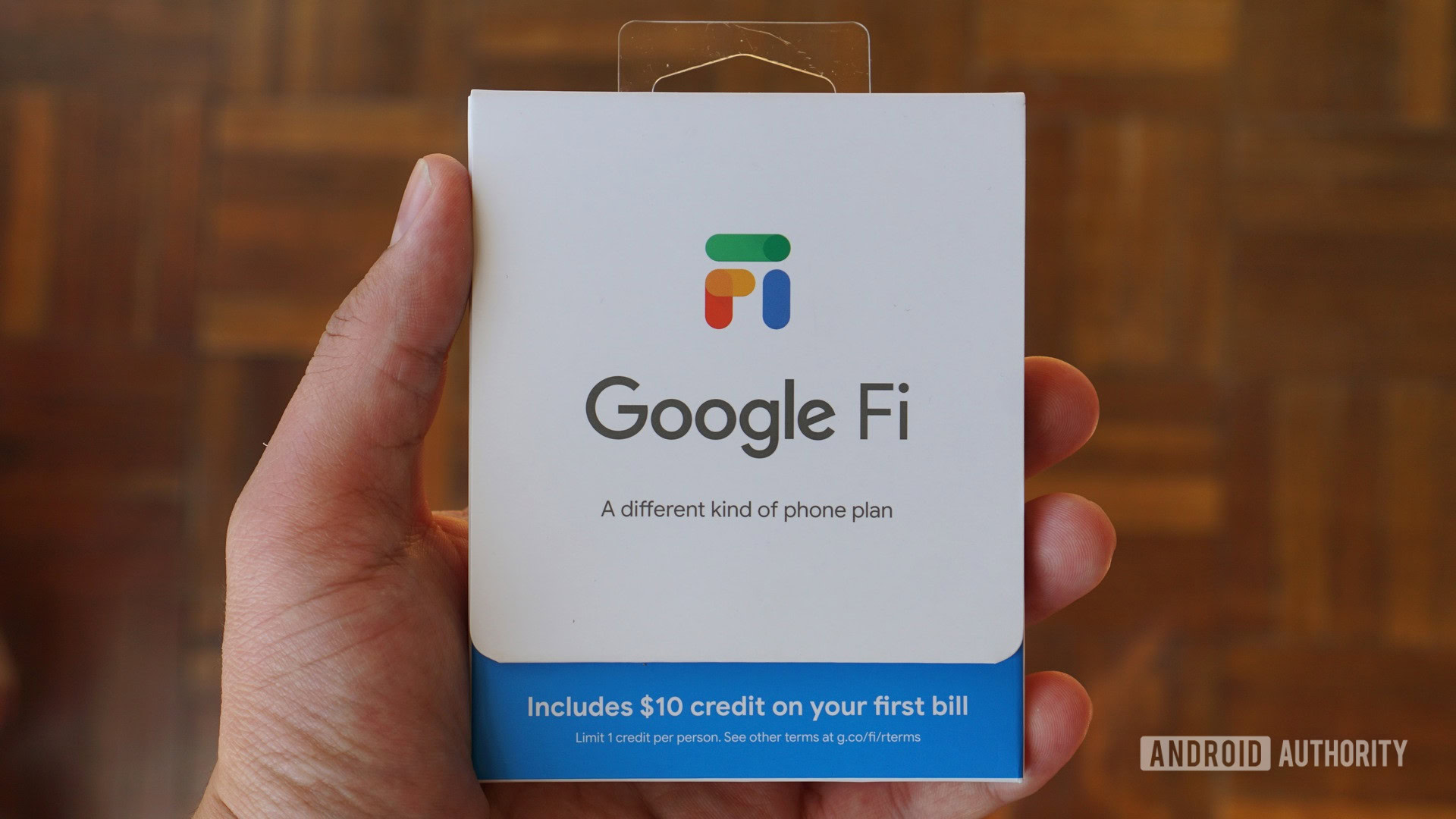
Google Fi is Google’s attempt at being an MVNO mobile carrier. It uses T-Mobile, Sprint, and UScellular to provide a pretty decent coverage map. The service is compatible with most Android phones and even iPhones. However, only a few handsets (like the Pixel family) support Google Fi’s features. All plans include access to cell coverage in more than 170 countries, Wi-Fi tethering, and more.
Here’s what you can expect when you sign up for Google Fi:
- The super-cheap Google Fi Flexible prepaid plan costs just $20 a month, with unlimited talk and text but no data. You can add up to five additional lines for $15 a month each.
- Using data with Google Fi Flexible costs $1 per 100MB or $10 per 1GB.
- After you use 6 GB of data before your billing period ends on Google Fi, the rest of your data is free under bill protection. That means your total maximum monthly cost for the first line is $80.
- That data ceiling goes up to 10 GB if you add another line, 12 GB if you add 2 lines, 14 GB for 3 lines, 16 GB for 4 lines, and 18 GB for 5 lines.
- Pricing for the Unlimited Plus plan starts at $70 a month for one line, $60/line a month for two lines, $50/line a month for three lines, and $45/line a month for four to six lines. This plan comes with Google One membership.
- You can also sign up for Simply Unlimited for $60 a month for one line, $45 for two lines, or $30 for three or more lines. It strips out the hotspot and international capabilities but keeps the talk, text, and data.
Learn more about Google Fi plans and options by checking out our guide.
Ting
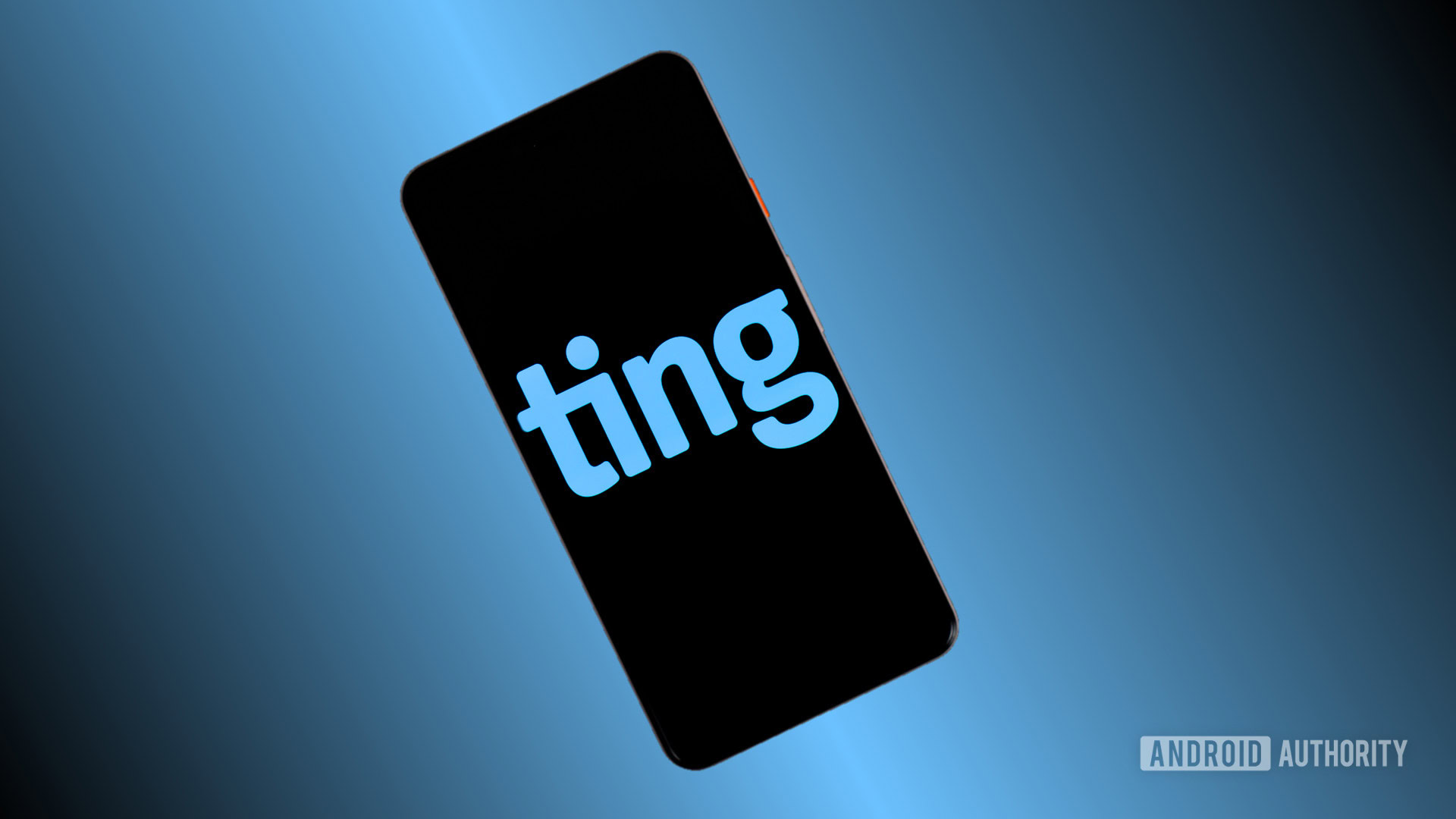
Ting, like US Mobile, places customization at the top of its priorities. However, it has recently simplified its setup so that you always get unlimited talk and text. All that’s left is to figure out just how much data you need.
Here’s how a Ting plan might work for you:
- The Set 5 and Set 12 options offer a steady monthly allowance of up to 12 GB of high-speed data.
- You can tap into the Unlimited plan for $45 per month with 22 GB of data or get Ollo Unlimited Pro with 35 GB of high-speed data for $55.
- If you switch to a pay-as-you-go plan, each line costs $10 plus $5 per shared gigabyte of data.
Ting may not always have the best deals once you get to higher usage levels, but it shows just how much you can do when you keep your limits low.
Consumer Cellular

Consumer Cellular is designed with older subscribers in mind, but it’s still a good pick. You can only have three lines on a single plan, but the costs are low, and there’s an AARP discount available. One of the most important protections that Consumer Cellular offers is international limits. You won’t have to worry about accidentally racking up roaming charges because you simply can’t go internationally.
Here are a few other significant facts about Consumer Cellular:
- All plans include unlimited talk and text, though you can save money by switching to 250 minutes of talk.
- You can share up to 15 GB between the three lines on your plan or pay extra for unlimited access.
- AARP members can save up to 5% on monthly service.
- Nationwide coverage keeps you connected just about anywhere, and usage alerts help you stay within your limits.
Other carriers to consider
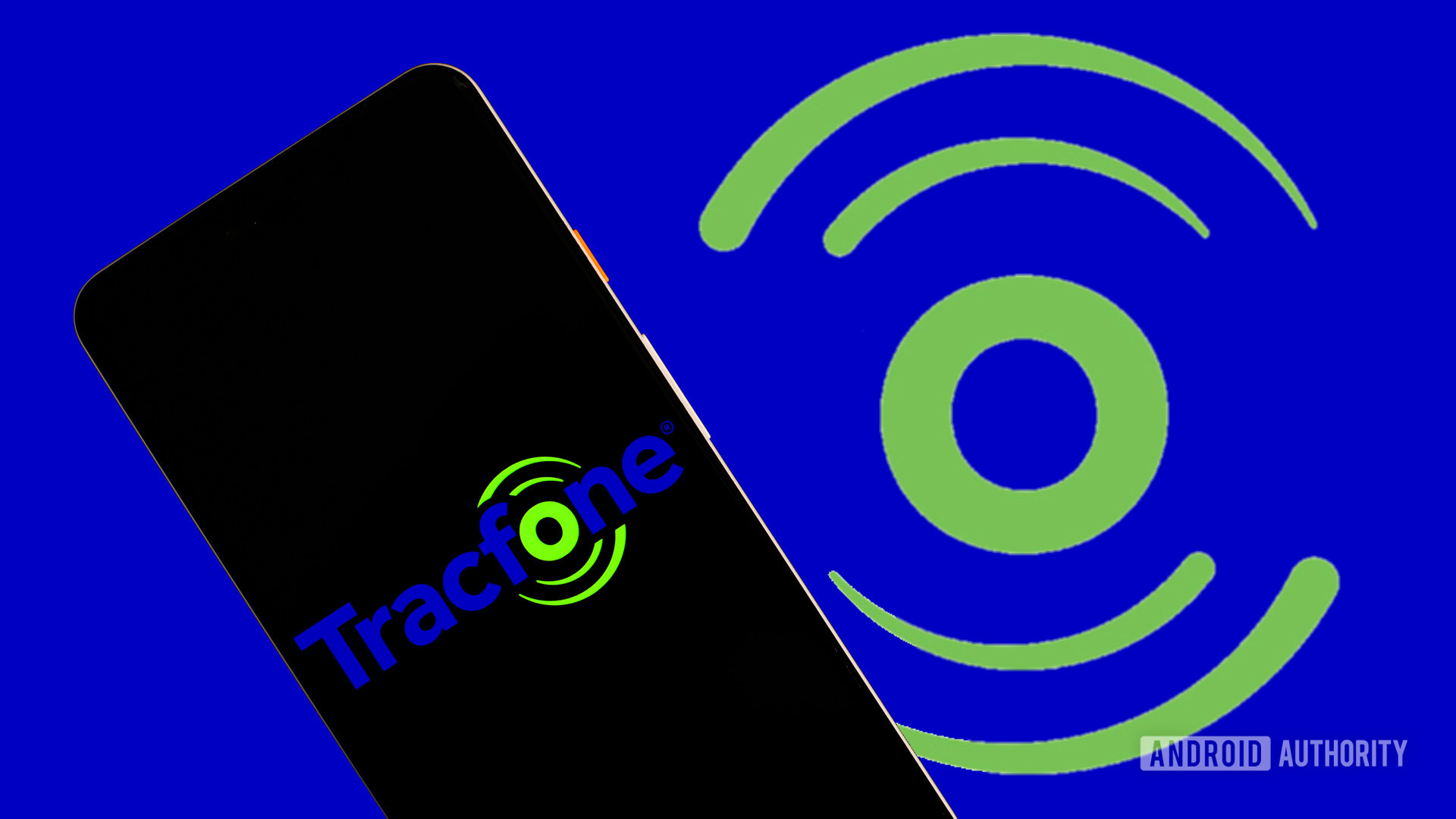
We might be here all day if we tried to list off all of the prepaid plans you can pick from. Every carrier in the world has an option that you can try, but there are too many of them to list. They all have their pros and cons, but you’ll have to do a little bit of digging to decide if any of them fits your needs.
Here are a few others to try:
Carrier vs unlocked phones
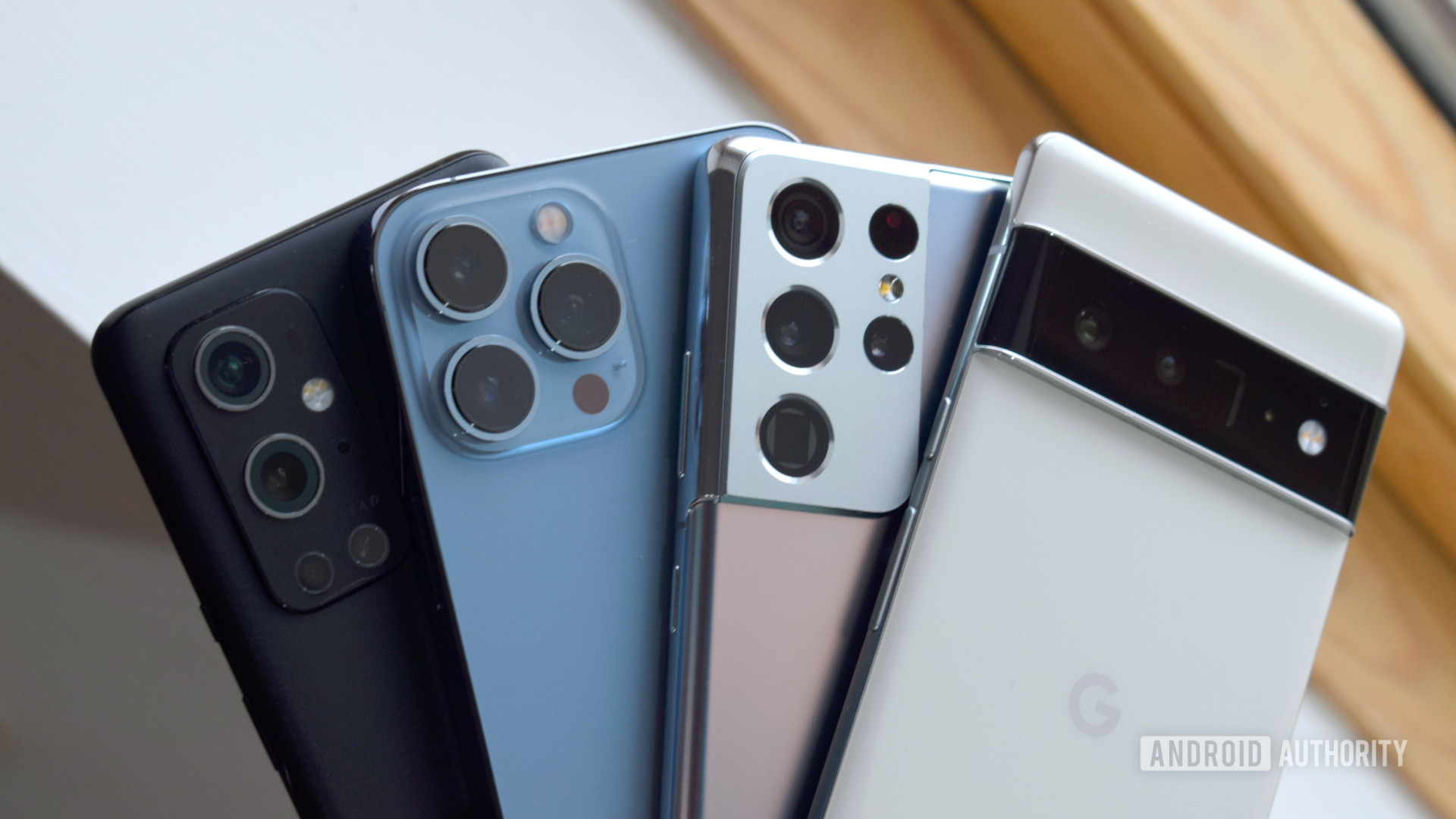
You might ponder whether to buy an unlocked phone to bring to a network or to get one as part of your plan when you sign up. We can help you decide. In general, a carrier phone — also known as a locked phone — is sold through a wireless carrier or a third-party partner (such as Best Buy, for example). When you buy the phone, it is already attached to your wireless account or will immediately attach it when you first set it up.
Carrier phones are almost always locked to that carrier; you can’t buy a phone through AT&T and immediately take it to Verizon. This lockdown can be removed, but there are usually significant requirements involved. It also depends on the carrier, with Verizon being one of the few carriers that doesn’t lock its postpaid phones.
Unlocked phones are devices you buy without a carrier involved. This could be purchasing directly from the manufacturer or through a third-party retailer (such as Amazon). Unlocked phones usually come with no SIM card and no prerequisite to sign up with any particular carrier. As the name suggests, unlocked phones are not bound to any specific carrier, so you can feel free to bounce from one carrier to another as you see fit.
So, which is better? Well, a carrier-locked phone has three main advantages.
Firstly, you rarely have to pay for the phone in full up front as the carrier will let you split the phone cost across the length of your plan. In fact — and this is the second perk — on the best cell phone plans, you won’t have to pay the full retail price at all. Carriers know that it’s much more profitable to get you locked into an 18- or 24-month contract than to sell you a full-price phone. So you’ll regularly see carriers, especially the major players, offering deals when you switch that get you a $1,000 phone for half-price or less across the life of your plan.
Interested in going the carrier route? Here’s a link to the best carrier-specific phones:
- Best Verizon phones | Best Verizon prepaid phones
- Best AT&T phones | Best AT&T prepaid phones
- Best T-Mobile phones | Best T-mobile prepaid phones
Prefer to go with a prepaid carrier? We have a list for that too:
- Best Google Fi phone
- Best Cricket phones
- Best UScellular phones
- Best Mint Mobile phones
- Best Boost Mobile phones
- Best Straight Talk phones
Unlocked phones have the obvious benefit of freedom. Pay for them outright, but then you can do what you like with them. You can bring them to the prepaid plan of one carrier, then cut from it if the plan isn’t working for you and try another. You’re also not restricted to the phones that the carrier in question offers. Plus, you can buy a refurbished device to make significant savings. Some carriers have even caught on to the popularity of this approach and offer refurbished phones as options in their online stores.
But be warned, a disadvantage of buying unlocked is that certain phones don’t support specific network bands. This can be complicated for buyers who don’t know all about the differences between types of networks (CDMA vs GSM, for example) or which bands their carrier predominantly uses in their area. This can be incredibly confusing when importing devices from other countries. In general, you should do a lot of research on a device before buying it to make sure it will work the way you expect it to. In our expert analysis on the subject, you can dive much further into the pros and cons of carrier vs unlocked phone, but those are the key differences. If you’ve already decided that an unlocked device is the way you want to go, then our best phone deals hub is regularly updated on the best deals on unlocked phones from around the web. Also, be sure to check out our guide to the very best Android phones.